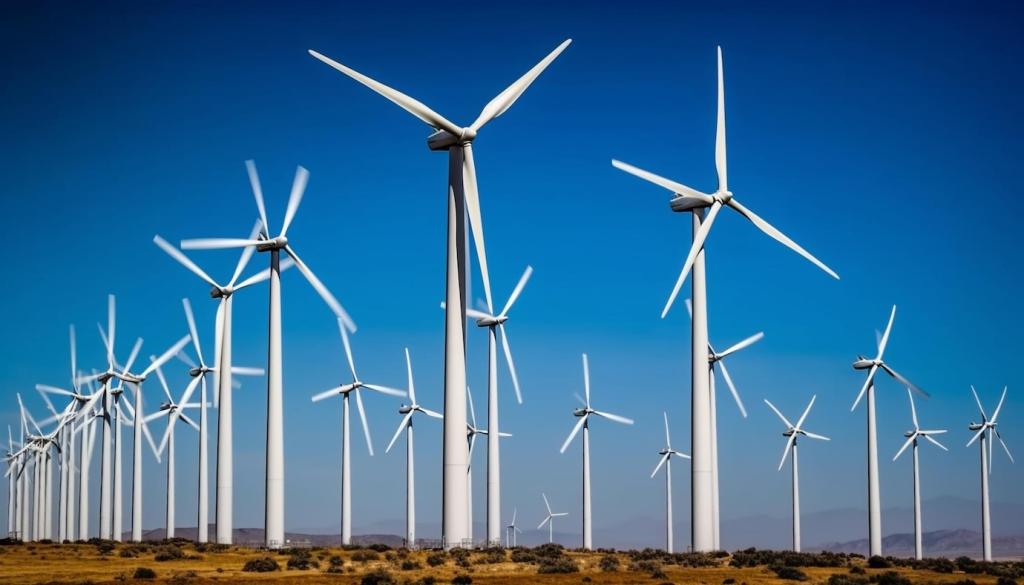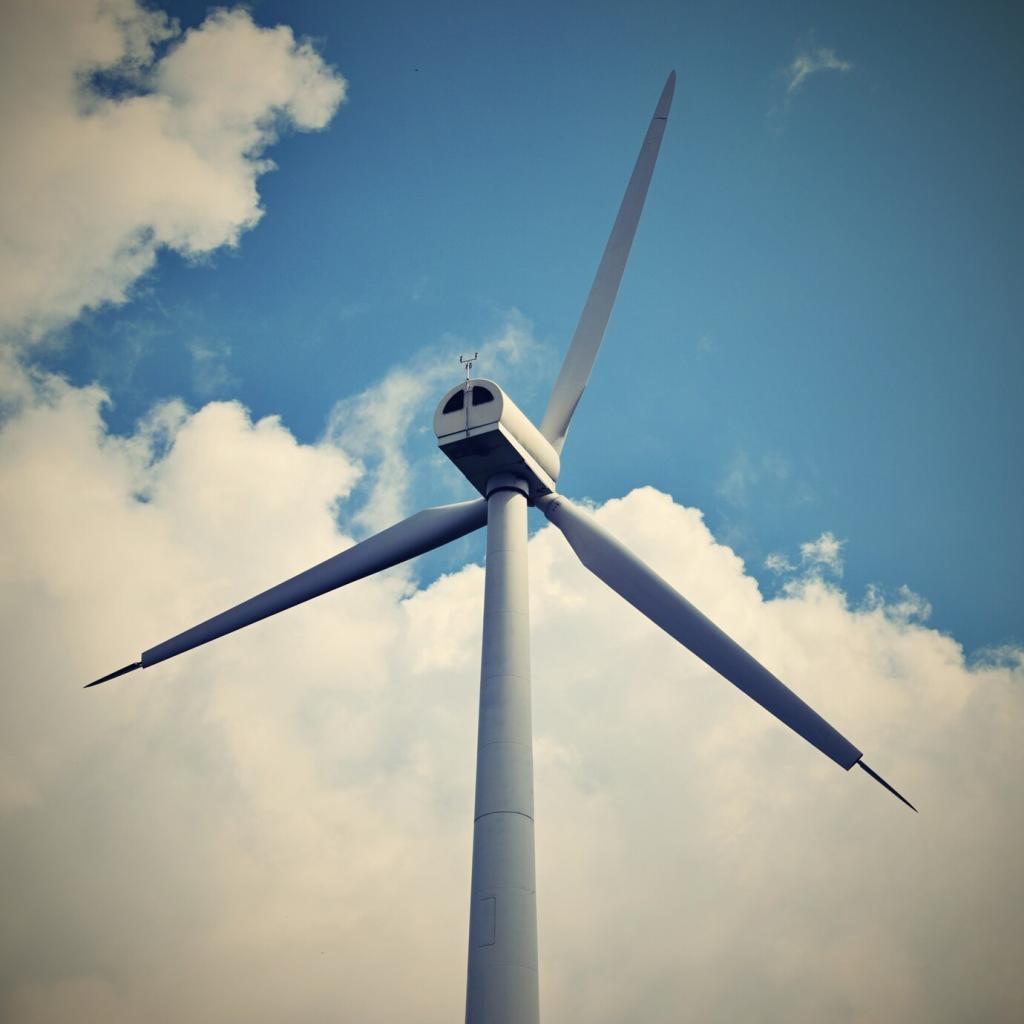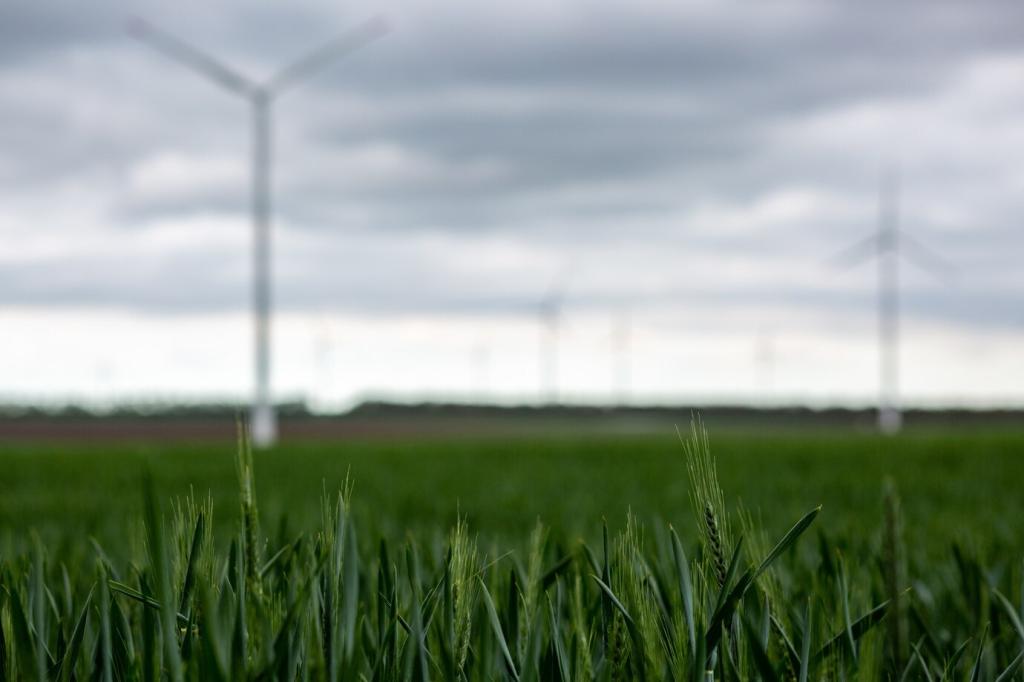Chosen theme: Biodiversity Assessment Using Drones. Step into the skies with us as we explore how aerial robots reveal hidden patterns of life, guide conservation decisions, and invite you to participate, learn, and share your own discoveries.
Why Drones Are Transforming Biodiversity Assessment
From a few dozen meters up, patchy wetlands, edge habitats, and wildlife corridors appear like a living quilt. Orthomosaics let researchers quantify heterogeneity, fragmentation, and connectivity that ground surveys often miss.

Why Drones Are Transforming Biodiversity Assessment
Quiet airframes and careful altitude choices reduce stress for nesting birds, shy mammals, and sensitive plants. By flying higher and faster, teams collect rich data while respecting wildlife-first protocols every step of the way.

This is the heading
Lorem ipsum dolor sit amet, consectetur adipiscing elit. Ut elit tellus, luctus nec ullamcorper mattis, pulvinar dapibus leo.

This is the heading
Lorem ipsum dolor sit amet, consectetur adipiscing elit. Ut elit tellus, luctus nec ullamcorper mattis, pulvinar dapibus leo.
Field Protocols and Ethical Flight Practices
Sun angle shapes shadows and spectral readings; wind threatens stability and battery life. Align flights with flowering, nesting, or migration windows to capture the ecological moments that truly matter for meaningful biodiversity insights.
Field Protocols and Ethical Flight Practices
Set species-specific buffer distances, avoid breeding colonies, and prefer brief, high-altitude passes. Swap to low-noise propellers, limit repeated flights, and log any behavioral responses to refine protocols for future, kinder survey operations.
From Pixels to Patterns: Data Processing and AI
Stitching, Georeferencing, and Terrain Models
Photogrammetry builds orthomosaics and digital surface models that anchor every pixel to real coordinates. This precision allows year-over-year comparisons, change detection, and integration with satellite or ground datasets for richer biodiversity interpretation.
Species Detection and Population Estimates
Convolutional networks spot seals on beaches, nests in reeds, or corals on reefs. Careful validation with field truth and uncertainty estimates ensures counts inform management decisions without overstating confidence or masking critical detection gaps.
Open Pipelines and Reproducibility
Containerized workflows, versioned datasets, and shared notebooks help teams replicate analyses. When you subscribe, you’ll get tutorials and datasets to practice biodiversity assessment using drones, fostering a transparent, collaborative conservation community.
After a cyclone, a coastal team mapped uprooted stands and surviving seedlings. Multispectral trends guided targeted replanting, and community volunteers celebrated visible greening within months—tracking recovery with pride and weekly flight updates.
Field Stories: Real Missions, Real Lessons
Thermal-RGB flights at dawn tallied nesting pairs on inaccessible ledges. Rangers avoided hazardous climbs, and the colony stayed calm. When we posted the results, readers suggested improved flight lines we tested on the very next survey.
Field Stories: Real Missions, Real Lessons



